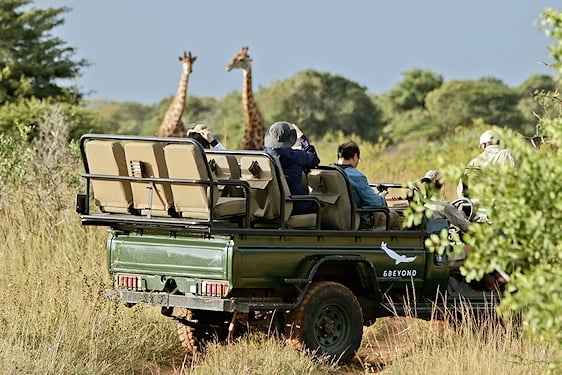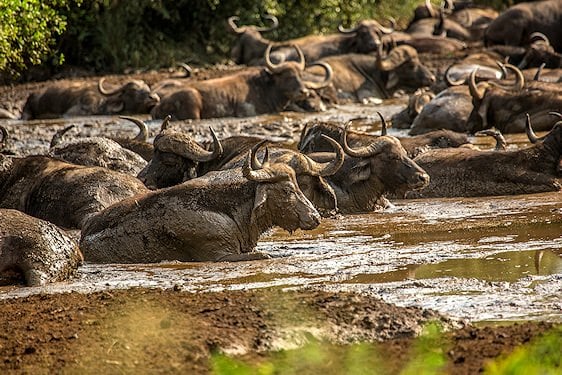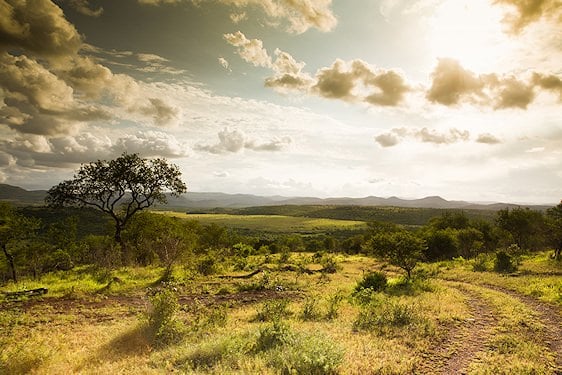- Home
- >
- African Travel
- >
- South Africa
- >
- National Parks
- >
- Kruger National Park
- >
- Mammals
- >
- Oribi
Description
Oribi are small antelope with long, slender necks, straight slightly curved horns in males, and large, pointed ears. Their coats are rufous to ginger-red above with bright white underparts, inner legs, and rump. Compact bodies, keen vision, and agile movement allow quick, bounding sprints across short-grass plains and open savanna edges.

Oribi occur patchily from the Eastern Cape coast through KwaZulu-Natal into Mozambique, with additional populations in Zambia and Zimbabwe. They favor open grasslands, floodplains, and lightly wooded areas with short grazing. In Kruger, sightings are uncommon and localized where high-quality grass is maintained and cover is nearby.

Status
The oribi is assessed as Least Concern on the IUCN Red List, with regional variation across Africa. Some subspecies and local populations face pressures from habitat loss and overgrazing; for example, Ourebia ourebi haggardi is considered Vulnerable. Recent global totals are uncertain, so broad, dated numbers are avoided in favor of current regional assessments.

Habitat
Oribi are primarily grazers that select short, nutritious grasses in open grasslands, floodplains, and woodland edges. They avoid dense bush and require visibility for early predator detection. In the Kruger region, they persist in patches where high-quality grass is available, often near seasonal water and along ecotones that provide rapid access to cover.

Social Organization
Oribi social systems range from monogamous pairs to small groups with one male and multiple females, depending on habitat and density. Males maintain territories that they mark with gland secretions and dung. Groups typically comprise a pair with one or two females; territoriality is pronounced, and boundary patrols and marking are frequent in suitable habitat.
Finest Safari Areas in Africa for Encountering Oribi
We recommend the following National Parks and Private Reserves for the best chances of spotting oribi on safari game drives and bush walks.

Social Behavior
Oribi communicate primarily through scent and visual displays, with vocalizations used less frequently. Family members may touch noses as a greeting. Males intensively mark borders and perform frequent patrols. Daily activity centers on grazing and vigilance; in open terrain, oribi employ rapid, zigzag sprints to confuse predators before seeking cover.

Reproduction
Courtship includes close following, sniffing, and preorbital gland marking near favored sites. Mating occurs during a short receptive period; gestation lasts about six to seven months and typically results in a single calf. Newborns are hidden in cover for several weeks while females return to nurse at intervals.

Anti-Predator Behavior
When threatened, oribi first freeze in cover; if detected, they bolt across open ground, often zigzagging to break a pursuit. Females may lead during flight. Predators include lions, leopards, spotted hyenas, wild dogs, and crocodiles; young oribi are also vulnerable to large raptors and pythons.












